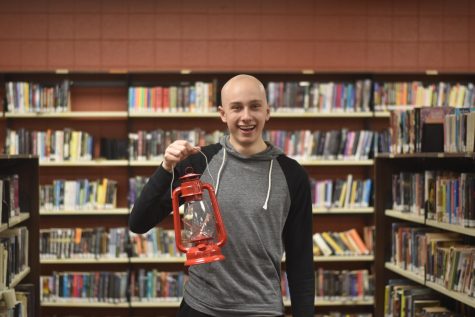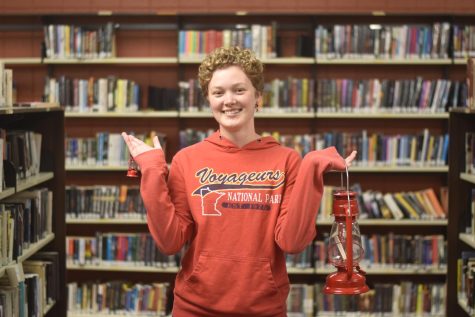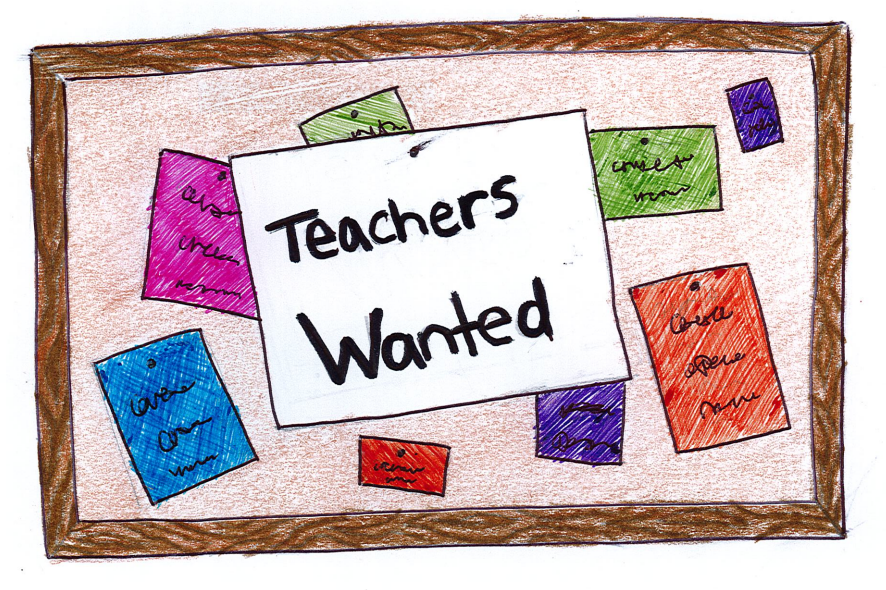As teacher shortages soar, schools pay the price
As nationwide teacher shortages become epidemic, local districts like Cannon Falls are feeling the squeeze.
Teaching staff are wanted nationwide for various positions and school administrators struggle to find qualified candidates.
A shortage of teachers is sweeping the nation and is becoming more prevalent than ever. According to AP News, there are over 350,000 vacant public school staff positions. As a response to the lack of employees, schools are more inclined to hire teachers with fewer qualifications or a lower license. Throughout the past few years, school administrators have had trouble hiring new staff, an impact that includes Cannon Falls High School.
As a school located between two major metropolitan areas – the Twin Cities and Rochester – Cannon Falls is able to draw teachers from an extended area. Despite this, CFHS principal Tim Hodges has noticed the teacher shortage’s effects on the pool of candidates: “I started here in 2010, and over the last 13 years, [the teacher shortage] has been getting worse over time. Fortunately, we haven’t really been affected by it too much here in Cannon Falls, because I’ve been able to find people. My concern is, what am I going to do when I can’t find anybody?” Hodges’ concerns have been echoed throughout the nation. Public school administrators have struggled to find the balance between hiring qualified staff and ensuring the best opportunities for students, a dilemma that is complex and nuanced.
The teacher shortage plagues the nation and has several consequences other than a lack of staff in many public schools. It is an issue of funding and geography, too. According to the New York Times, rural schools across the country, particularly underfunded ones, have had to reckon with the brunt of the shortage. It is more difficult to find teachers in rural areas, and candidates are more likely to flock to suburban areas because, typically, higher pay is offered.
Cannon Falls, although not experiencing the worst of the shortage, has still had their share of difficulties, especially in recent years. “In the last couple of years, we’ve had to hire [new] P.E. teachers,” Hodges said. “When I started here in Cannon Falls, I hired a P.E. teacher and I think we had over 80 candidates for the one position. We had one candidate for two positions last year.” Hodges also noted that teaching candidates for science, math, and industrial arts positions have been particularly elusive.
The teacher shortage has had impacts on certain departments, like Business and Finance. “This year I was going to take a Personal Finance course but there was no business teacher at school, so I had to take the course online,” senior Nathan Baszuro commented.
Vacancies in some subjects have been more difficult to fill lately because there are different licensing requirements for secondary teachers than for elementary teachers. In Cannon Falls, math teacher Bucky Lindow announced his retirement last year but has chosen to assist the district by returning to a different position in the math department. “Mr. Lindow thought he was going to retire but he graciously contacted me and said ‘if you need somebody to help out, I’d be willing to do that’ so that was a huge load off,” Hodges stated, “I had offered the open math position to four different people. The first three – by the time I made my offer the next morning – had multiple offers for jobs already.”
Cannon Falls’ problem with finding teachers is consistent with what the rest of the United States is currently experiencing. It is harder to find teachers that have the proper licenses to teach. In Minnesota, there are four tiers of teaching licenses. Tier 1 includes teachers that only have a four-year degree, but no teaching experience. Tier 2 teachers are enrolled in a teacher preparation program but have not yet completed it. Tier 3 includes those that remain in their probationary period, while Tier 4 teachers are tenured. Cannon Falls Schools don’t have any Tier 1 teachers but a couple of staff members are categorized under Tier 2. “If a teacher has gone through a teacher-prep program in Wisconsin, they probably don’t have everything they need to get a Tier 3 license yet,” Hodges explained. “The licensure requirements in Wisconsin are different than they are in Minnesota.” There is an ongoing debate on the national scale pertaining to what qualifications teachers need, especially as state requirements differ, as can be seen in the case of Minnesota and Wisconsin. Hodges stressed each candidate’s tier is less important than if the candidate would be a good fit for the school.
Many feel that a significant contributing factor to the teacher shortage is that teachers have been feeling more stressed at their jobs, usually attributing the tension to “keep kids safe from guns, catch them up academically and deal with pandemic challenges with mental health and behavior” (AP News). Many teachers have cited these as reasons why they chose to switch career paths and go into other fields in their specified area.
In order to attract teachers to the district, Hodges highlights the positives the school has such as smaller class sizes and peer support for teachers, even though the Cannon Falls district may not pay as much as an urban or suburban one would. “I try to sell the school. Sometimes those are more important than pay. The climate you’re in as teachers can outweigh a few extra dollars in your paycheck.”
Hodges emphasized, “We’ve been able to attract good people even though we don’t have the deepest candidate pool.” Regardless of teacher shortage challenges that have been continually building, Hodges remains optimistic for the future. However, for other districts nationwide, the teacher shortage has had a devastating impact on schools’ ability to provide adequate learning opportunities for their students, an unpredictable obstacle in public education that continues to develop.

Salutations! I am Grace Miller, the editor-in-chief for the Lantern. I am heavily involved in FFA, speech, and my job as a barista, but my true calling...

This is Nathan Baszuro's sixth and final year on The Lantern staff. When Nathan is not stressing about schoolwork he is often watching movies with his...

Hi! My name is Gecko- I meaaannn Ava :) I sometimes draw stuff for the lantern but most of the time I’m watching anime, reading books at lightning speed,...

